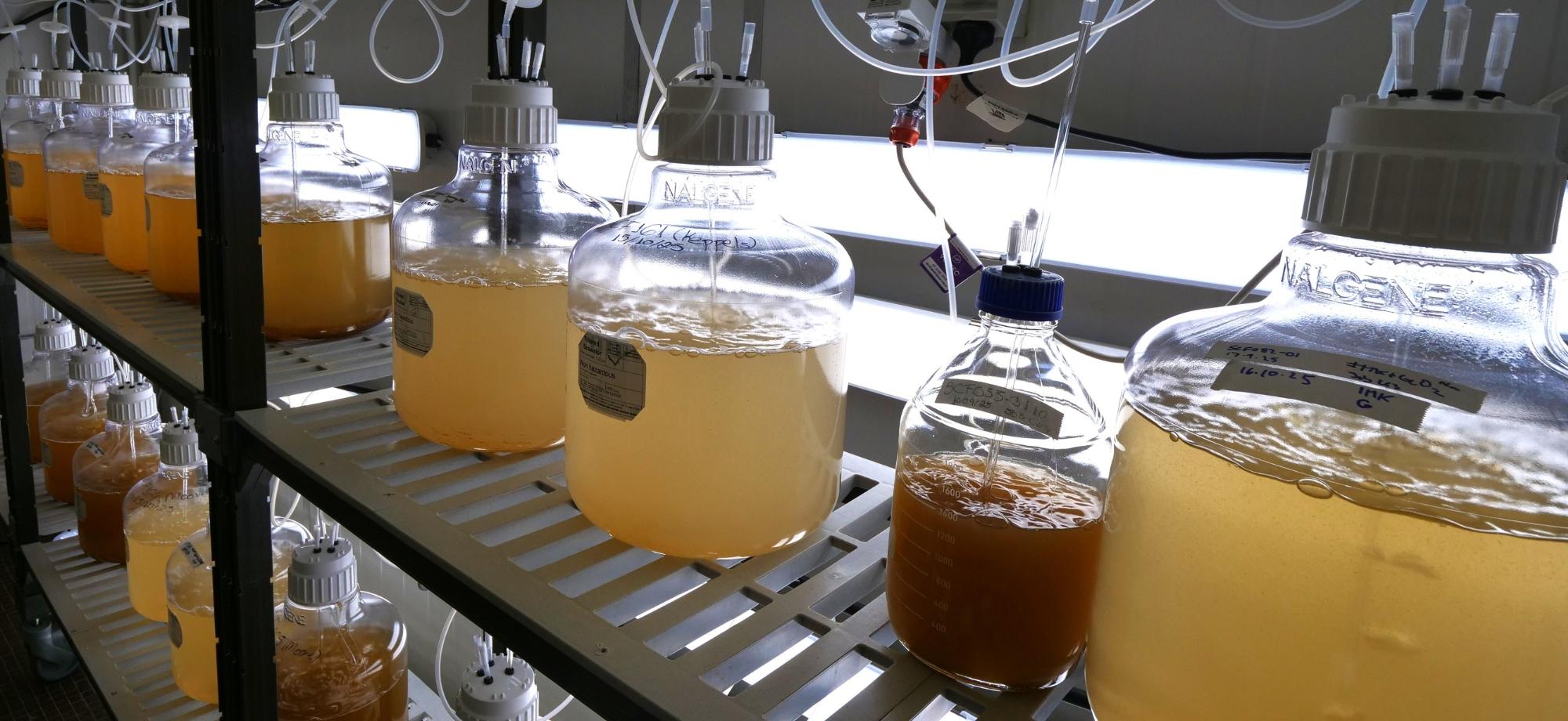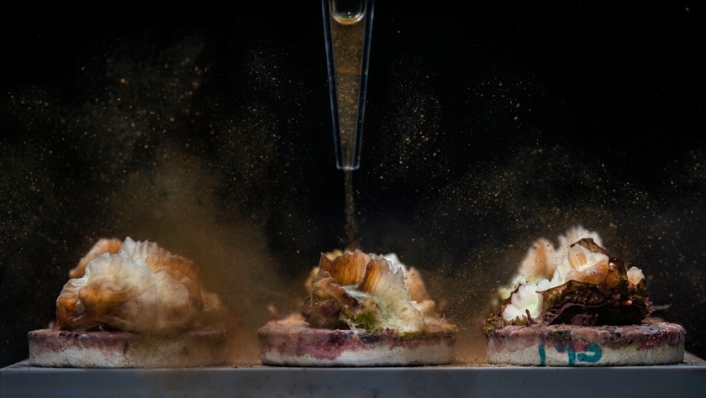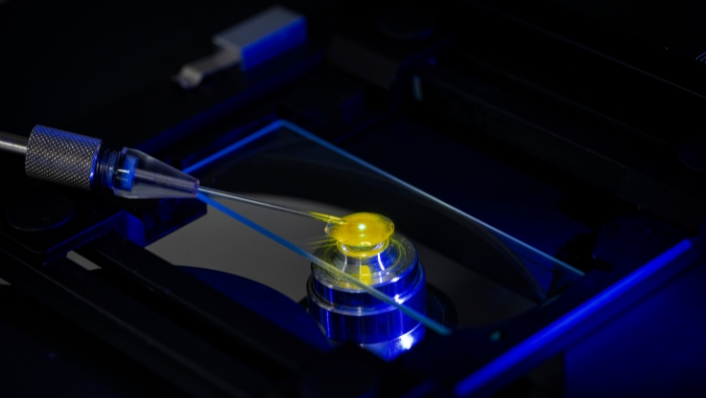Thermal resilience – the ability to withstand extreme temperatures – is crucial to the long-term success of coral reef restoration. It makes little sense to breed and deploy juvenile corals across the Great Barrier Reef if they cannot survive the next extreme heat event.
Key to corals surviving heat stress is the partnerships they form with symbiotic microalgae, which allow the corals to use sunlight energy to grow and reproduce. The breakdown in this relationship is responsible for coral bleaching. Like the corals themselves, their symbionts are hugely diverse, with some standing up to the heat better than others.
Research into the role of these algae has been ongoing at AIMS for well over two decades, led by Professor Madeleine van Oppen and more recently Matthew Nitschke. Now, the Pilot Deployment Program (PDP), provides an opportunity to test our ability to use microalgal symbionts to enhance coral resilience following their deployments at pilot scales across the Reef.
Providing young corals with symbionts increases their early survival on the Reef, and with the right symbionts, this intervention may also increase their ability to withstand summer heatwaves.
Initially, those symbionts will be collected and cultured from wild corals which have previously survived heat events. In the longer term, the deployment of lab-evolved heat-tolerant symbionts is being explored.
How will heat-tolerant symbionts be used during spawning in 2025?
There are several ways to obtain or develop heat-tolerant symbionts. One way is to find them in the wild. AIMS scientists do this by looking for the corals that survive mass bleaching events, which often harbour the more heat-tolerant symbionts. A sample of the algae from these corals is then upscaled into larger cultures in the AIMS Symbiont Culture Facility and can be provided to the next generation of corals.
Over the past year, researchers have been developing cultures of symbionts collected from corals that survived the 2024 mass bleaching event.
These heat stress ‘survivors’ will be introduced into baby corals during this year’s spawning at the National Sea Simulator (SeaSim). Since most coral larvae do not begin life with their own symbionts, we can ensure these corals receive cultured algae with a history of withstanding extreme heat events.
After several weeks growing at the SeaSim, the young corals will be deployed back to the reef that their parents and new symbionts originated from as part of the PDP deployments. Their progress will then be monitored over years to come.
The scale of the PDP’s goals complements those of AIMS’ longstanding symbiont research. Corals with survivor symbionts will now be compared with those that acquire symbionts from the wild on new parts of the Reef, in both northern and southern regions. Meanwhile, the production of hundreds of litres of cultured symbionts at AIMS represents the largest operation of its kind in the world, supporting coral aquaculture at the scale required for the PDP.
Looking to the future: heat-evolved symbionts
A method to push symbiont heat tolerance beyond current limits is to evolve them in the lab. This is done by exposing cultures to incremental increases in temperature over long periods of time. This continues until growth stops, at which point the symbionts are assumed to have reached the maximum temperature they are able to adapt to – generally around 31C.
AIMS scientists have demonstrated the effectiveness of this experimental evolution approach in the lab. Several species of coral symbionts have now been heat evolved, and experiments have shown they can be given to corals and provide better heat resilience.
However, these heat-evolved symbionts will not be deployed on the Reef this spawning season. The heat-evolving process takes an estimated two years or more: culturing, heat-selection, confirming enhanced tolerance, and inoculating corals. The correct risk assessments also need to be carried out and permissions obtained from government and Traditional Owners.
Nevertheless, the ambition is to deploy heat-evolved symbionts to the Reef within the PDP’s five-year lifespan.
Researchers
Dr Matthew Nitschke
Prof Madeleine van Oppen
Dr Wladimir Fae Neto
Carlos Alvarez Roa
This research is supported by:
This research on coral symbionts is supported by the Reef Restoration and Adaptation Program (RRAP), funded by the partnership between the Australian Government's Reef Trust and the Great Barrier Reef Foundation.
The page was updated in October 2025




